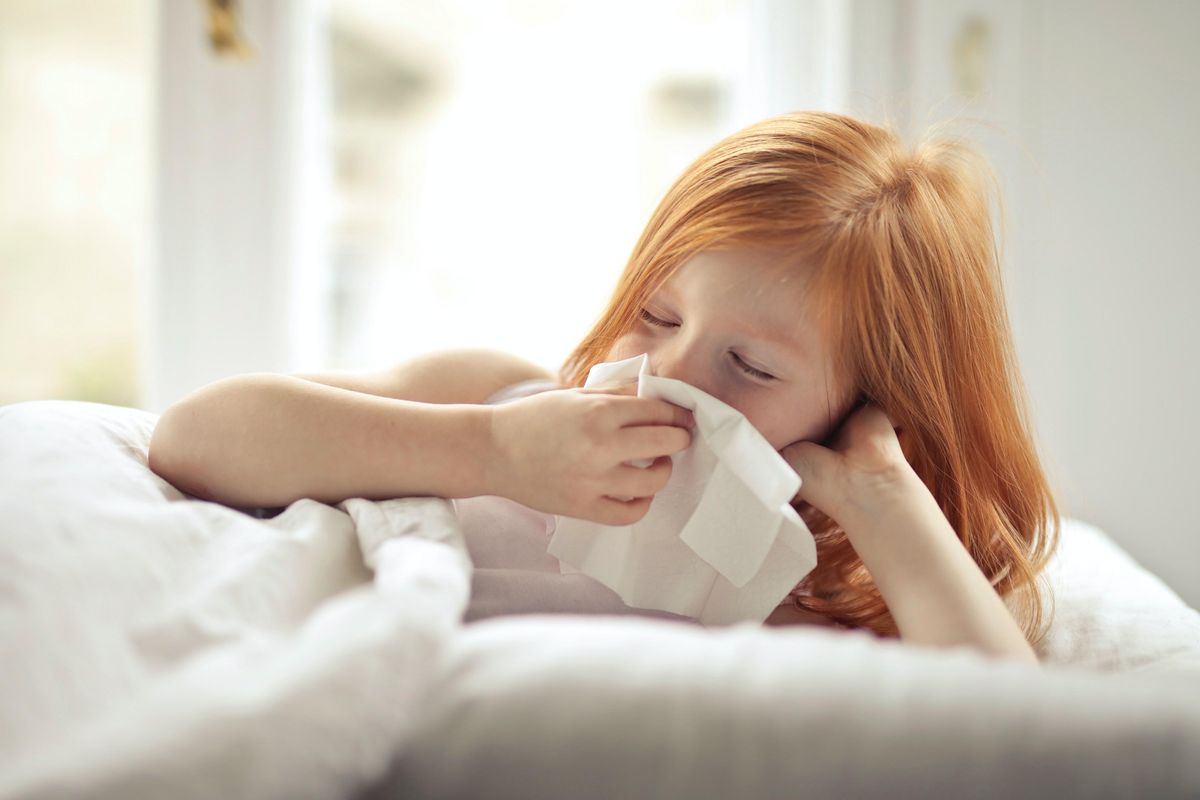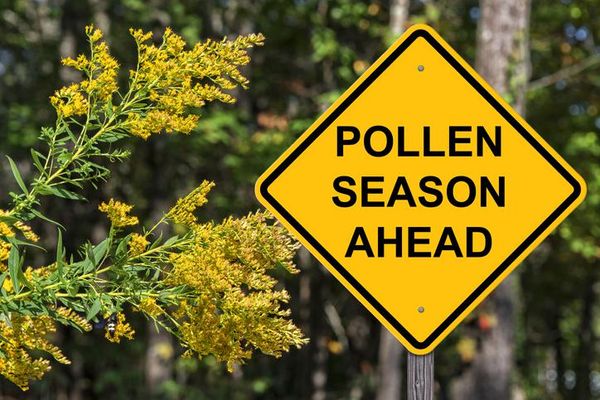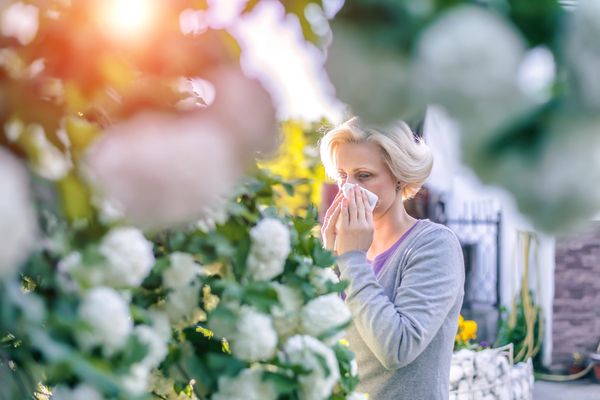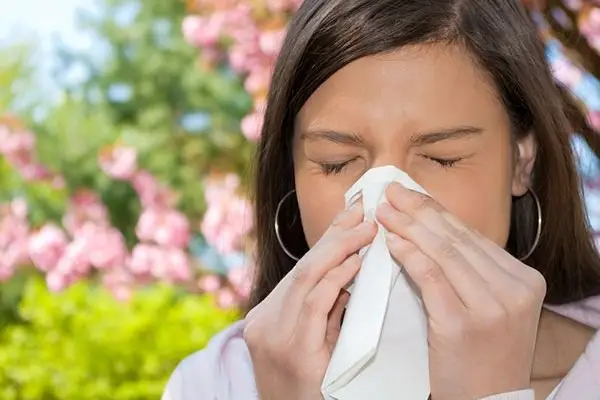If you or your spouse suffers from allergies, there's a greater chance that your child also will develop allergies. But all of the things you do to protect yourself from allergens also will help your children.
Here are some extra steps you can take, just for them:
- Avoid exposing children to passive cigarette smoke. It can worsen allergy symptoms and trigger asthma attacks.
- Encase children's bedding in allergy covers, and wash linens in water that is at least 130 degrees F and dry them at high heat at least once a week.
- Keep pets out of children's bedrooms.
- Limit the stuffed toys allowed in their bedrooms. If they want to sleep with a favorite stuffed toy, make sure it's one that can be washed or dried at high temperatures. If washing isn't practical, you can freeze the stuffed toy for 48 hours.
- Dust and vacuum or damp-mop your child's room twice weekly.
- Replace down comforters, quilts and duvets with fleece or other easily washable blankets.
- Establish a routine for treating your child's allergies and asthma. Adjust the routine as necessary for summer break, but make sure there is still a routine. Before vacation, make sure you have plenty of your child's medications, including treatment for an asthma attack.
- If your child goes to summer camp, make sure the camp counselors receive a checklist of the child's allergy and asthma triggers. The trigger list might include sensitivities and allergens such as exercise, molds and pollens, perfumes and strong odors, trees and grasses, insect stings and animal dander. If your child has asthma, provide a written action plan from your child's doctor for treating emergencies.
Indoor Air Quality in Your Child's School. Despite all your efforts to keep your child's asthma under control at home, it persists. Well, have you checked her classroom? That moldy carpet or dusty bookshelf could be a major problem. Increasing enrollment and declining funds for school maintenance have only made indoor air quality problems at schools worse.
So what's a parent to do?
Plenty.
A good place to start is with the Environmental Protection Agency's Indoor Air Quality Tools for Schools Kit. Available online at https://www.epa.gov/iaq/schools/toolkit.html, it provides schools (and parents) with a practical, low-cost plan to improve indoor air problems.
The plan offers checklists to ensure common-sense steps are followed. These include regular dusting, checking ceilings and walls for leaks and keeping animal cages away from supply and return vents. Simply insuring that heating and air conditioning systems (HVAC) are properly cleaned and maintained can make a vast difference in indoor air quality, as can using HEPA filters in vacuum cleaners and HVAC systems.
Other changes schools can make include:
- More classroom storage areas for papers and projects so they don't spill out across the room.
- Linoleum instead of carpet on the floors.
- Easy-to-access filters and grillwork that can be cleaned.
- Large mats at entry areas to trap outdoor dirt that can be hosed off.
The Healthy Schools Network, a nonprofit organization based in Albany, NY, that works to build awareness of children's environmental health needs, points to the following as signs a school may have indoor environmental problems:
- The roof leaks.
- The building is new or newly renovated and still smells like paint, varnish, or glue.
- Your child has health or learning problems only in that building.
- Building maintenance and repairs costs are often cut at budget time.
- The building smells damp or musty, or has been flooded.
- The building and grounds are routinely treated with pesticides.







